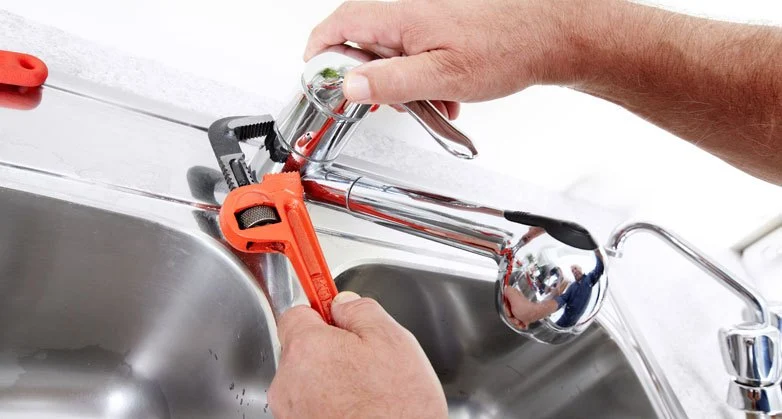
- 1. Preparation Before Replacing the Plumbing Fixture
- 2. Turning Off Water Supply
- 3. Removing the Old Plumbing Fixture
- 4. Installing the New Plumbing Fixture
- 5. Testing the New Fixture
- 6. Common Mistakes to Avoid
1. Preparation Before Replacing the Plumbing Fixture
Before you begin replacing an outdated plumbing fixture, ensure you have the necessary tools and materials. Common tools needed include a wrench, pipe tape, pliers, and a screwdriver. Additionally, you'll need to purchase the new fixture that suits your needs, whether it's a faucet, showerhead, or toilet handle. Double-check the measurements of the new fixture to ensure it fits your plumbing system.
2. Turning Off Water Supply
One of the first steps in replacing any plumbing fixture is to turn off the water supply to prevent leaks and flooding. Locate the shut-off valves under the sink, behind the toilet, or near the water meter, depending on the fixture. Turn the valve clockwise to close it and stop the water flow. Always check if the water is off by turning on the faucet to ensure there's no residual water pressure.
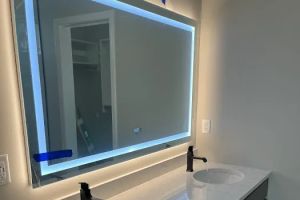
Millers Plumbing Inc.
Pleasant LakeSteuben CountyIndiana
5485 S Meridian Rd, Pleasant Lake, IN 46779, USA
3. Removing the Old Plumbing Fixture
Once the water supply is turned off, begin removing the old fixture. For faucets or showerheads, use your wrench to loosen the nuts that hold the fixture in place. Carefully remove the old fixture by unscrewing it from the pipes. Be cautious of any remaining water in the pipes, as it may leak out when disconnected. Use a towel or small bucket to catch any residual water during the removal process.
4. Installing the New Plumbing Fixture
Now, it's time to install your new fixture. Start by ensuring the new fixture is compatible with your existing plumbing. For faucets, apply plumber’s tape to the threaded areas of the pipes to create a tight seal. Secure the new fixture to the pipes using the appropriate tools, making sure all connections are tight but not over-tightened. If installing a new toilet handle or showerhead, follow the manufacturer's instructions for installation, as different fixtures may require specific steps.
5. Testing the New Fixture
After installing the new plumbing fixture, it’s important to test it before considering the job complete. Slowly turn the water supply back on, ensuring that the connections are secure and there are no leaks. Turn on the faucet, shower, or flush the toilet to test the fixture’s functionality. If any leaks appear, tighten the connections or reapply plumber's tape where needed. Always take your time during this step to ensure everything is properly installed.
6. Common Mistakes to Avoid
Replacing a plumbing fixture can seem straightforward, but there are common mistakes that can lead to problems down the road. These include:
- Not turning off the water supply: This can cause flooding and water damage, making a simple fix turn into a major problem.
- Over-tightening connections: Tightening connections too much can strip the threads and cause leaks or damage to the fixture.
- Using incompatible parts: Always ensure the new fixture matches the size and type of plumbing in your home to avoid installation issues.
- Ignoring leaks during testing: Never assume a slight leak will resolve on its own. It’s essential to address any leaks immediately.
By avoiding these mistakes, you can ensure a successful plumbing fixture replacement that lasts for years.
For more expert advice, plumbing tools, and supplies, visit Plumbers Supply Hub for everything you need for your next plumbing project.

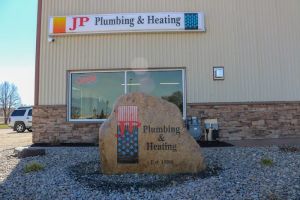
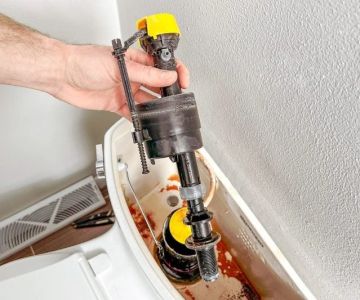
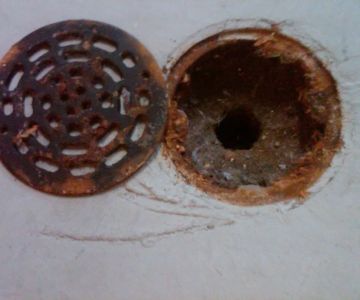
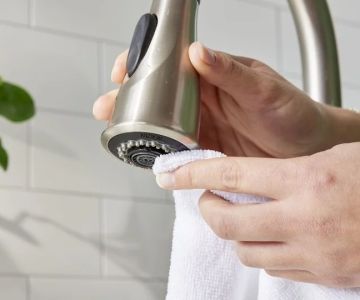
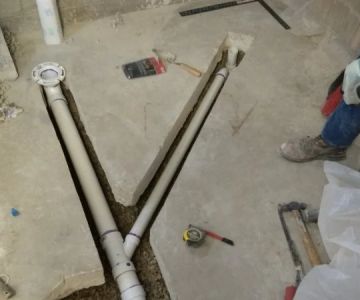


 YES! Plumbing4.0 (166 reviews)
YES! Plumbing4.0 (166 reviews) H. Jack Langer Plumbing and Heating4.0 (284 reviews)
H. Jack Langer Plumbing and Heating4.0 (284 reviews)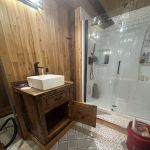 Gold Standard Plumbing LLC4.0 (18 reviews)
Gold Standard Plumbing LLC4.0 (18 reviews)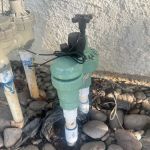 Rapid Plumbing2.0 (8 reviews)
Rapid Plumbing2.0 (8 reviews) Graham Plumbing and Drain Cleaning, Inc.4.0 (262 reviews)
Graham Plumbing and Drain Cleaning, Inc.4.0 (262 reviews) Easy Call Plumbing5.0 (1 reviews)
Easy Call Plumbing5.0 (1 reviews)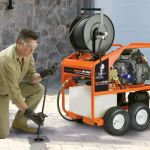 How to Use a Hydro Jet to Clear Tough Blockages
How to Use a Hydro Jet to Clear Tough Blockages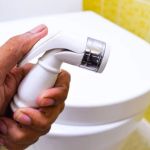 How to Install a Bidet Attachment Safely | Expert Plumbing Tips
How to Install a Bidet Attachment Safely | Expert Plumbing Tips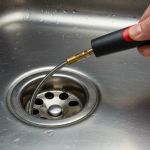 How to Use a Drain Snake Without Damaging Pipes | Plumbers Supply Hub
How to Use a Drain Snake Without Damaging Pipes | Plumbers Supply Hub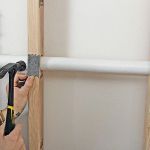 How to Reroute Plumbing for a Kitchen Island: A Step-by-Step Guide
How to Reroute Plumbing for a Kitchen Island: A Step-by-Step Guide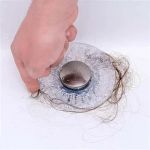 How to Replace a Tub Drain With Hair Trap Feature
How to Replace a Tub Drain With Hair Trap Feature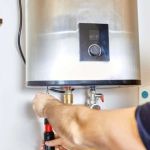 Pros and Cons of Tankless vs Traditional Water Heaters
Pros and Cons of Tankless vs Traditional Water Heaters